
Stäfa is a municipality in the district of Meilen in the canton of Zürich in Switzerland.

Horgen is a municipality in the district of Horgen in the canton of Zürich in Switzerland.

Thalwil is a municipality and town in the district of Horgen in the canton of Zürich in Switzerland. The municipality includes two parts: Thalwil and Gattikon.
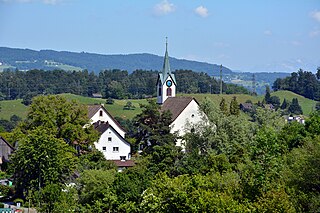
Langnau am Albis is a village in the district of Horgen in the canton of Zürich in Switzerland.

Rüschlikon is a municipality in the district of Horgen in the canton of Zürich in Switzerland. It is located on the west shore of Lake Zürich.

Adliswil is a town and a municipality in the district of Horgen in the canton of Zürich in Switzerland.

Pfungen is a municipality in the district of Winterthur in the canton of Zürich in Switzerland.

Rickenbach is a municipality in the district of Winterthur in the canton of Zürich in Switzerland.

Seuzach is a municipality in the district of Winterthur in the canton of Zürich in Switzerland.
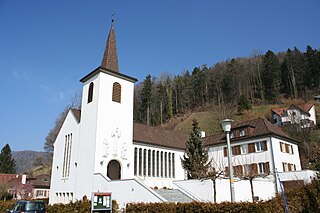
Turbenthal is a municipality in the district of Winterthur located in the canton of Zürich in Switzerland.

Birmensdorf is a municipality in the district of Dietikon in the canton of Zürich in Switzerland.

Uitikon is a village and municipality in the district of Dietikon in the canton of Zürich in Switzerland. Besides the village of Uitikon itself, the municipality includes the villages of Waldegg and Ringlikon.
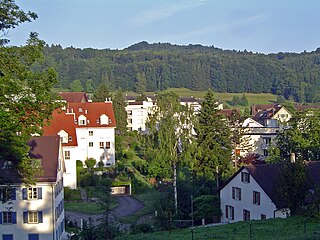
Urdorf is a municipality in the district of Dietikon in the canton of Zürich in Switzerland, located in the Limmat Valley.

Hirzel is a former municipality in the district of Horgen in the canton of Zürich in Switzerland. On 1 January 2018 the former municipality of Hirzel merged into the municipality of Horgen.

Hütten is a former municipality in the district of Horgen in the canton of Zürich in Switzerland. On 1 January 2019 the former municipalities of Hütten and Schönenberg merged into the municipality of Wädenswil.

Richterswil is a municipality in the district of Horgen in the canton of Zürich in Switzerland.

Schönenberg is a former municipality in the district of Horgen in the canton of Zürich in Switzerland. On 1 January 2019 the former municipalities of Hütten and Schönenberg merged into the municipality of Wädenswil.

Wädenswil is a municipality located in the district of Horgen in the canton of Zürich in Switzerland. The population, as of 2013, was about 21,000. On 1 January 2019 the former municipalities of Hütten and Schönenberg were merged into the municipality of Wädenswil.
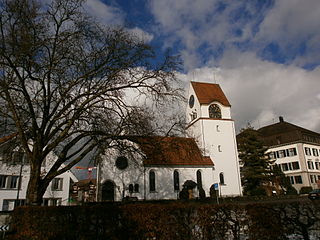
Fehraltorf is a municipality in the district of Pfäffikon in the canton of Zürich in Switzerland.
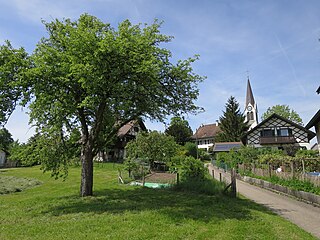
Lindau is a municipality in the district of Pfäffikon in the canton of Zürich in Switzerland.





























